Introduction: The Revolution in Last-Mile Delivery
Imagine ordering your favorite meal or an urgent package and having it delivered by a sleek, intelligent robot that navigates sidewalks or flies through the sky. Autonomous delivery robots—whether ground-based self-driving bots or airborne drones—are revolutionizing last-mile logistics, making deliveries faster, more efficient, and environmentally friendly.
As e-commerce booms and consumer expectations for speedy and contactless delivery grow, robotics has emerged as a game-changer. Companies like Amazon, Starship Technologies, FedEx, and Wing (by Alphabet) are leading the charge, deploying robots and drones to tackle the challenges of urban congestion, delivery costs, and human resource constraints.
In this article, we explore the evolution, technology, real-world applications, benefits, challenges, and future of autonomous delivery robots in last-mile logistics.
1. What Are Autonomous Delivery Robots?
Autonomous delivery robots are self-navigating machines designed to transport goods over short distances with minimal human intervention. They typically fall into two categories:
A. Ground-Based Delivery Robots
These small, wheeled robots move along sidewalks or streets to deliver groceries, parcels, and takeout orders directly to customers’ doorsteps.
B. Aerial Delivery Drones
Drones are unmanned aerial vehicles (UAVs) that fly to customers’ locations, bypassing traffic and infrastructure constraints to deliver goods more quickly.
Both categories rely on artificial intelligence (AI), machine learning, sensors, GPS, and real-time data to function autonomously.
2. The Technology Behind Autonomous Delivery Robots
For these robots to navigate safely and efficiently, they are equipped with cutting-edge technologies, including:
A. AI and Machine Learning
- Enables route optimization, obstacle detection, and adaptive learning.
- Helps robots identify pedestrians, vehicles, and traffic signals.
- Allows continuous learning to improve delivery efficiency over time.
B. Computer Vision and LiDAR Sensors
- Cameras and LiDAR sensors help detect obstacles, sidewalks, and road conditions.
- Facial recognition can verify customer identity upon delivery.
C. GPS and Real-Time Mapping
- Uses high-precision GPS for accurate navigation.
- Real-time mapping ensures dynamic route adjustments based on traffic and environmental conditions.
D. 5G and IoT Connectivity
- 5G enables instantaneous communication with cloud servers.
- IoT integration ensures seamless coordination between robots and logistics hubs.
E. Security and Anti-Theft Measures
- Biometric authentication or PIN codes for secure package retrieval.
- Geo-fencing and remote monitoring to prevent theft and vandalism.
3. Real-World Applications of Autonomous Delivery Robots
A. E-Commerce and Retail Deliveries
- Amazon’s Scout robots deliver small packages autonomously.
- Walmart partners with Nuro for robotic grocery delivery.
B. Food and Grocery Deliveries
- Starship Technologies operates delivery robots for DoorDash and Uber Eats.
- Domino’s Pizza tests robotic pizza delivery vehicles.
C. Healthcare and Medical Supply Transport
- Drones deliver medical supplies and vaccines in remote areas.
- Zipline operates life-saving medical drone deliveries in Africa.
D. Smart Cities and Contactless Delivery
- Cities like San Francisco and London integrate robot delivery fleets into urban mobility systems.
- Robots enable safer, contact-free deliveries during pandemics.
E. Military and Disaster Relief
- Autonomous drones transport aid and medicine to disaster-struck regions.
- Robots supply troops in dangerous or inaccessible locations.
4. Benefits of Autonomous Delivery Robots
✅ Faster Deliveries
- Avoid traffic congestion with smart navigation.
- Drones deliver goods within minutes, unlike traditional couriers.
✅ Cost Efficiency
- Reduces dependence on human labor and associated costs.
- Lowers fuel expenses with electric-powered robots.
✅ Environmental Sustainability
- Electric and solar-powered robots produce zero emissions.
- Reduces carbon footprint compared to fuel-based delivery vehicles.
✅ Increased Accessibility
- Beneficial for elderly or disabled individuals who struggle to shop in-person.
- Enhances delivery options for people in rural or hard-to-reach areas.
✅ Improved Safety
- Reduces human exposure to hazardous working conditions.
- Prevents traffic accidents by minimizing delivery vehicle presence.
5. Challenges and Limitations
Despite their benefits, autonomous delivery robots face several challenges:
A. Regulatory and Legal Barriers
- Many countries lack clear laws on sidewalk and airspace use for autonomous robots.
- Compliance with aviation and traffic laws remains an ongoing challenge.
B. Technical Limitations
- Battery life restricts long-distance deliveries.
- Robots struggle with stairs, uneven terrain, and extreme weather conditions.
C. Security and Privacy Concerns
- Risk of theft, hacking, or vandalism.
- Customer data privacy must be safeguarded.
D. Public Acceptance
- Some communities resist autonomous technology due to safety concerns.
- Human delivery workers fear job displacement.
6. Future of Autonomous Delivery Robots
The field of autonomous delivery robots is rapidly evolving, with future advancements likely to include:
🚀 Enhanced AI Decision-Making
- Improved machine learning for better obstacle avoidance and faster route planning.
🚀 Integration with Smart City Infrastructure
- Autonomous robots will coordinate with smart traffic systems.
🚀 Advanced Drone Technology
- Longer battery life and AI-enhanced flight stability for drones.
- Larger payload capacity for medical and food deliveries.
🚀 Autonomous Vehicle Collaboration
- Ground robots and drones will work together for multi-tiered delivery solutions.
- Robots will integrate with autonomous trucks for optimized logistics.
🚀 Better Safety and Security Features
- Advanced security encryption to prevent hacking.
- AI-driven theft prevention mechanisms.
7. Conclusion
Autonomous delivery robots are redefining last-mile logistics, offering a faster, safer, and more sustainable alternative to traditional delivery systems. As AI, machine learning, and robotics continue to evolve, these intelligent delivery solutions will become an integral part of urban and rural ecosystems.
Despite regulatory and technical challenges, companies and governments are working to refine and scale these technologies, ensuring a more efficient, accessible, and eco-friendly delivery system. The future of delivery isn’t just autonomous—it’s smart, sustainable, and right at our doorstep.
References
- Amazon Robotics. (2023). “The Future of Last-Mile Delivery.”
- Starship Technologies. (2023). “Self-Driving Delivery Robots and Their Impact.”
- Zipline. (2022). “Medical Drones: Life-Saving Deliveries in Remote Areas.”
- Nuro AI. (2023). “Autonomous Vehicles for Contactless Food Delivery.”
- Wing Aviation. (2023). “Drone Deliveries and the Future of E-Commerce.”
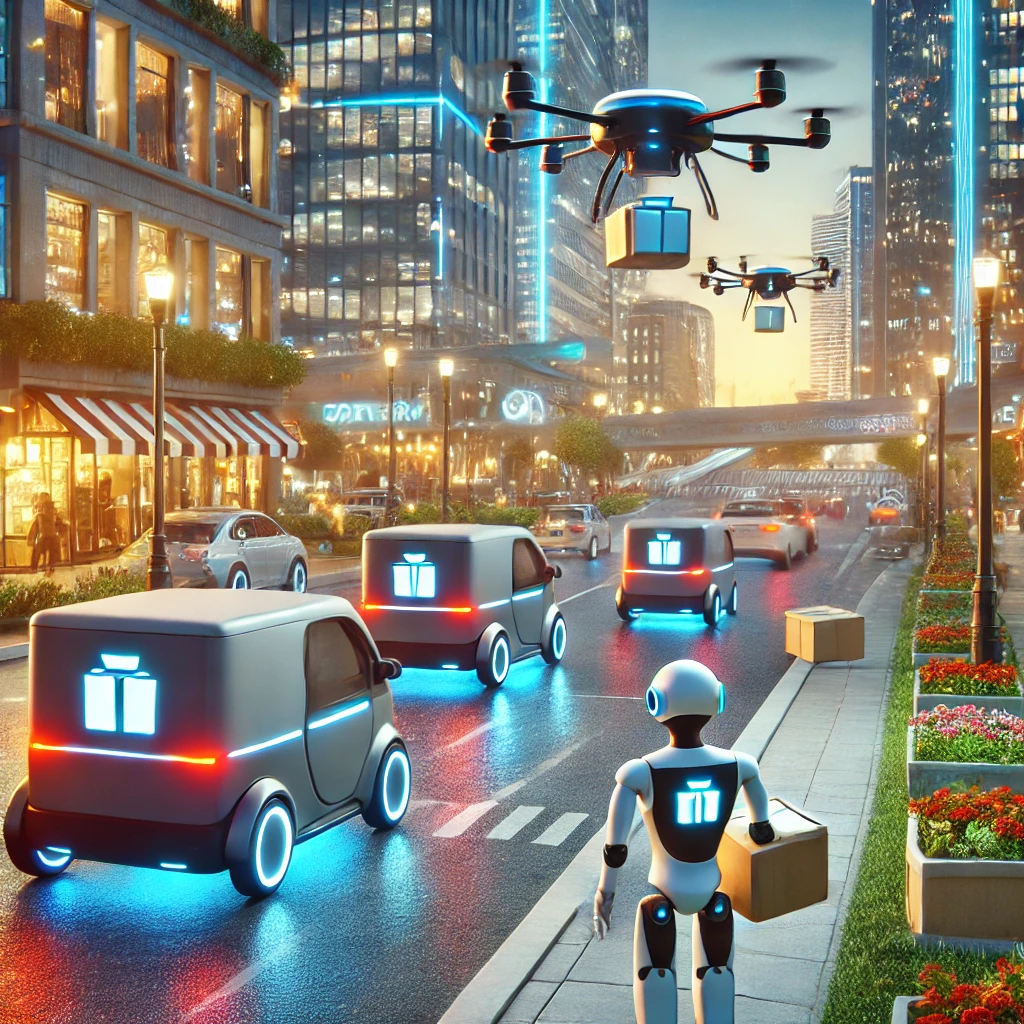
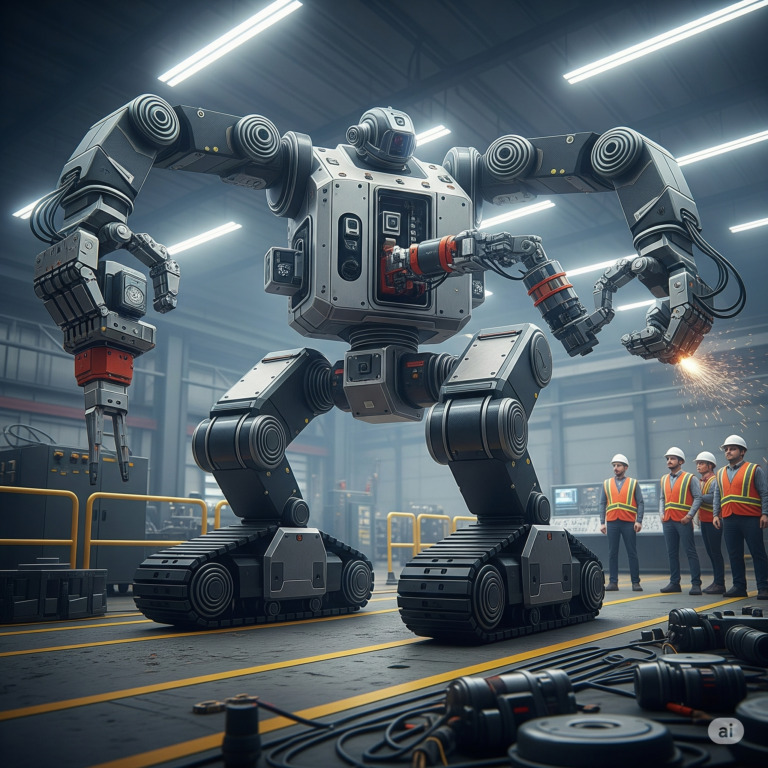
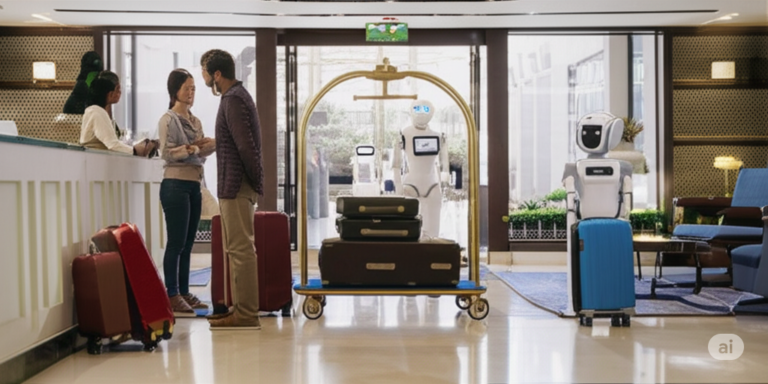
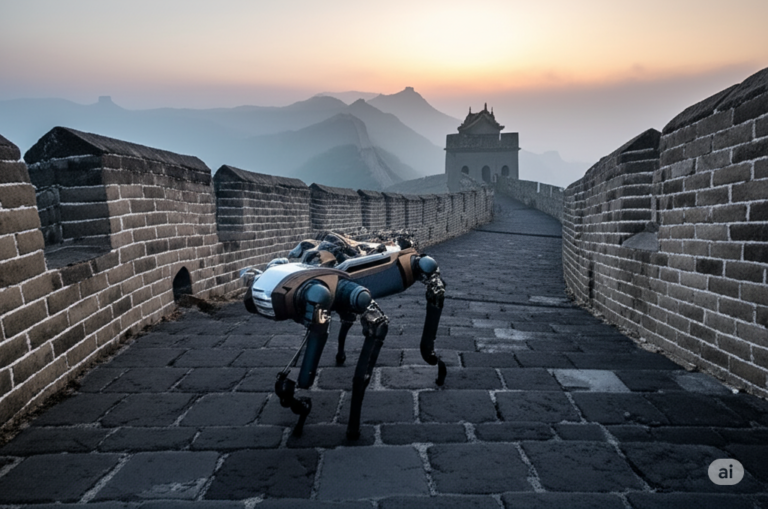
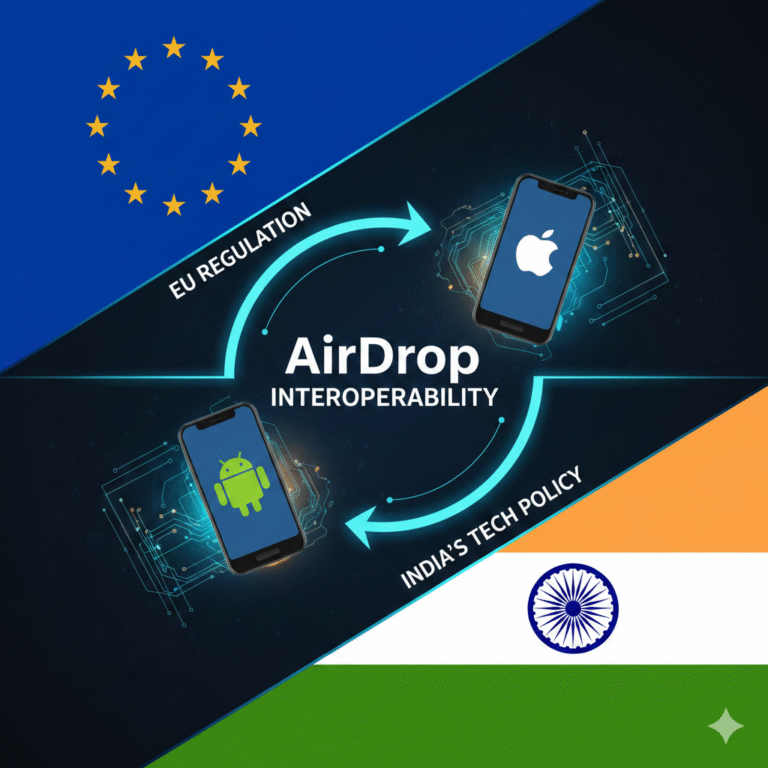


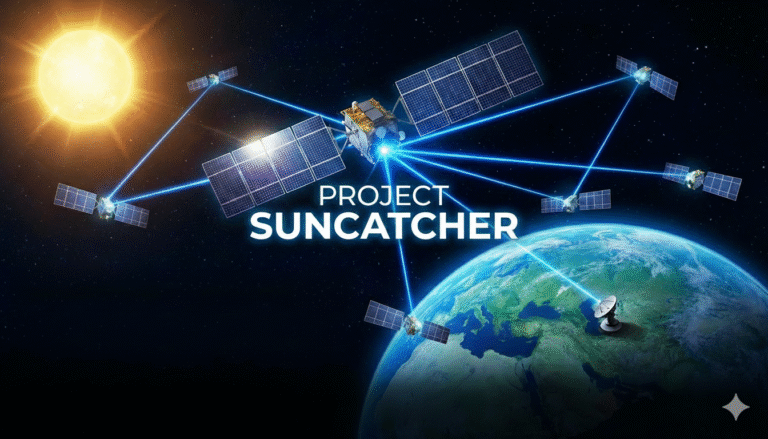
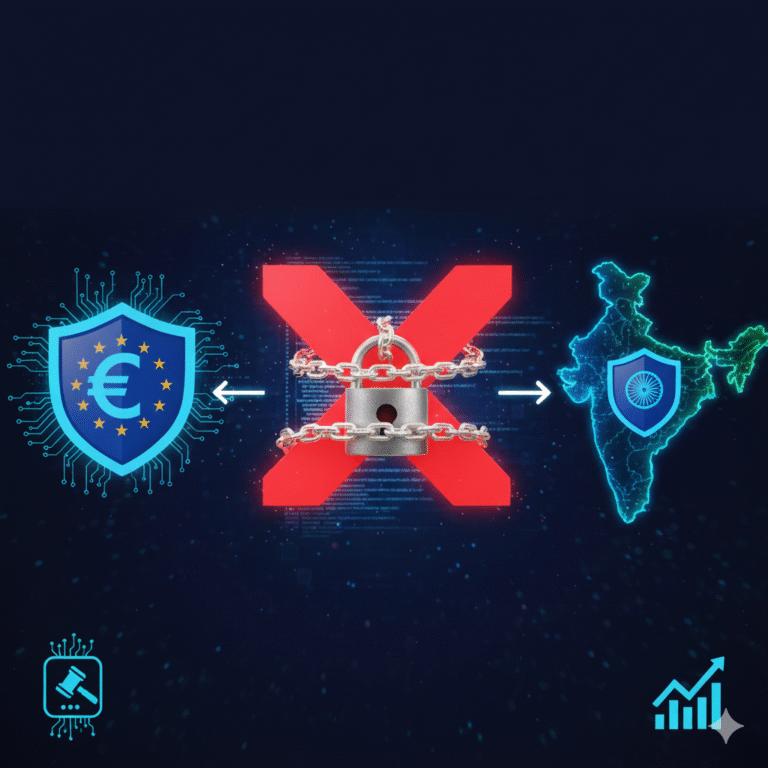




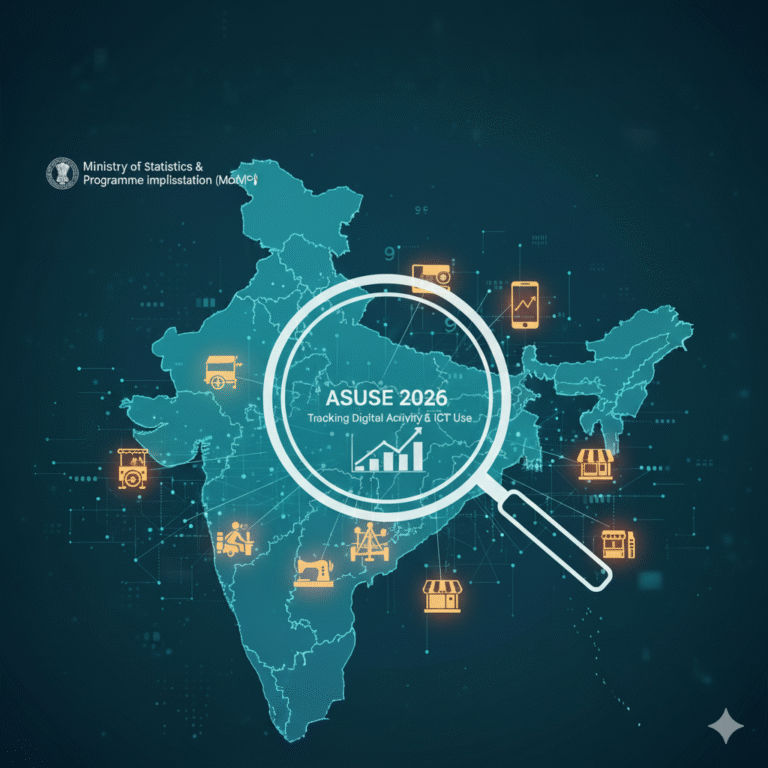
Your perspective strikes all the right chords! Speaking of harmonies, it’s a masterpiece of interactive sound design.